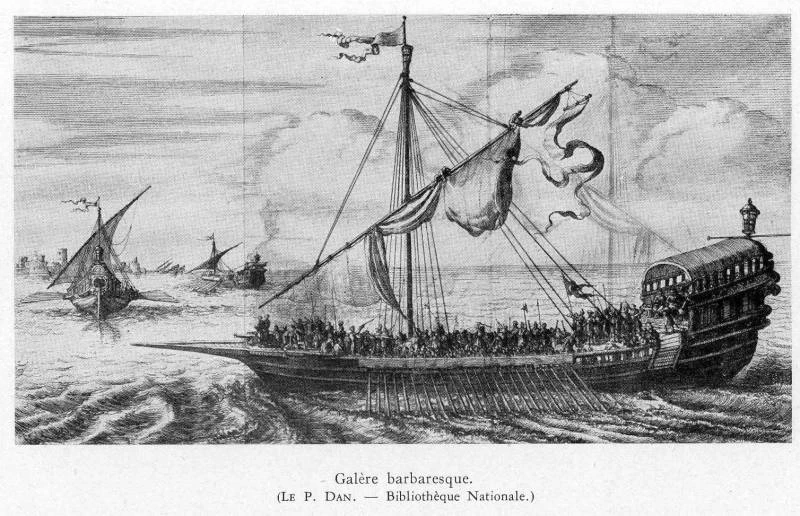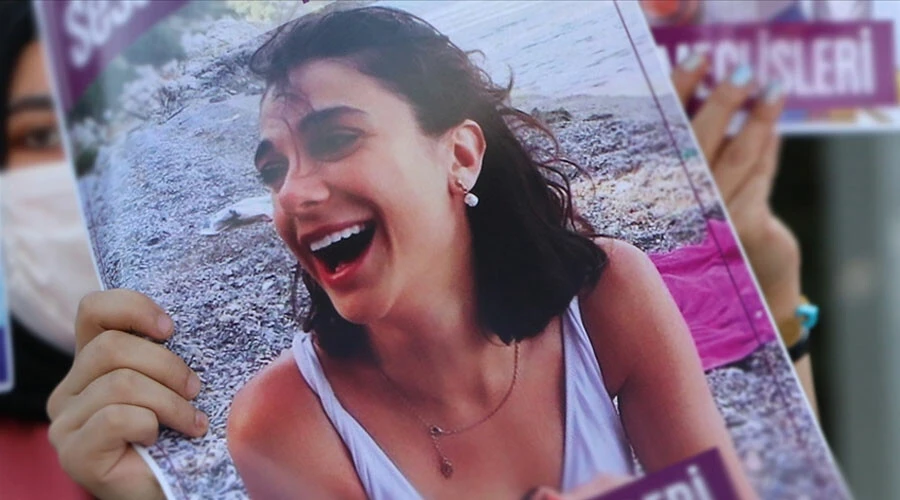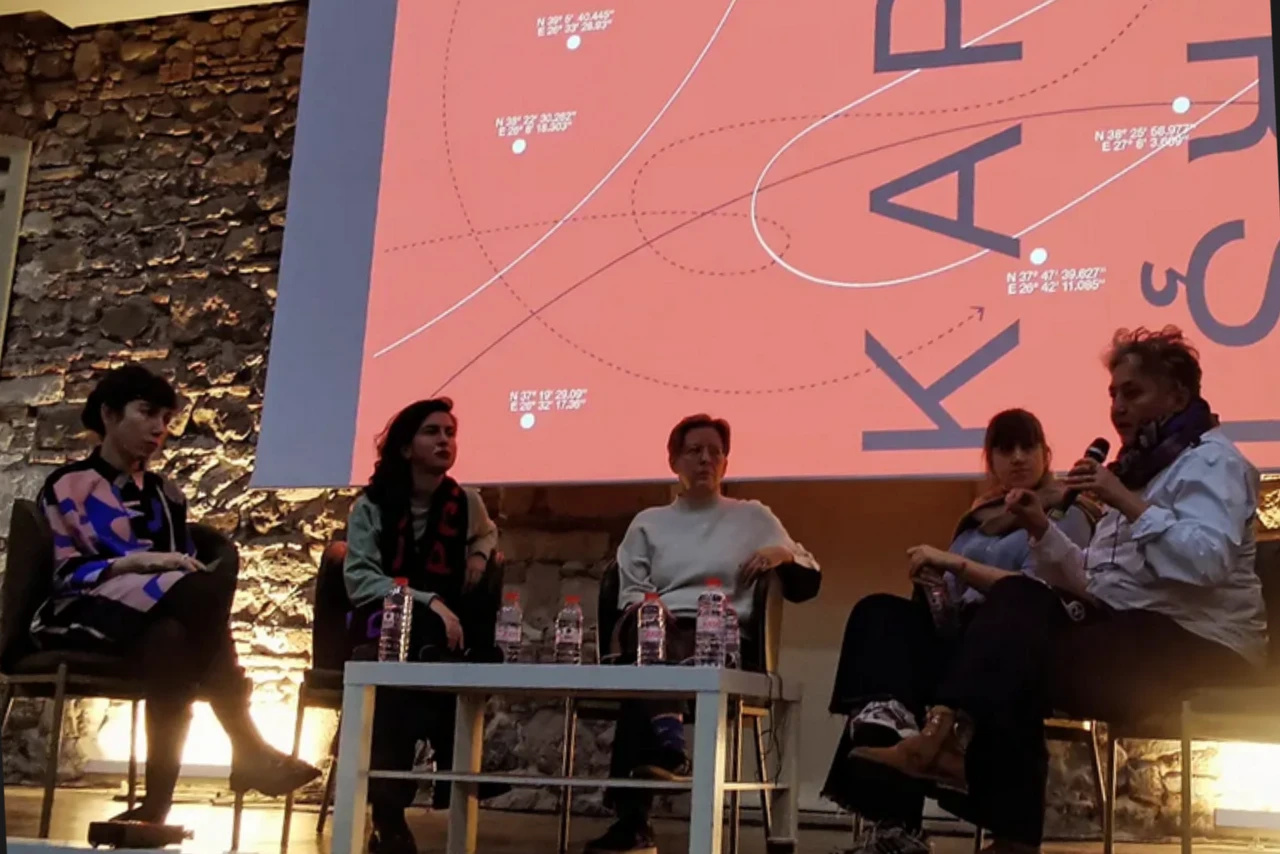Rediscovered medieval fresco reveals Islamic tents in Christian churches
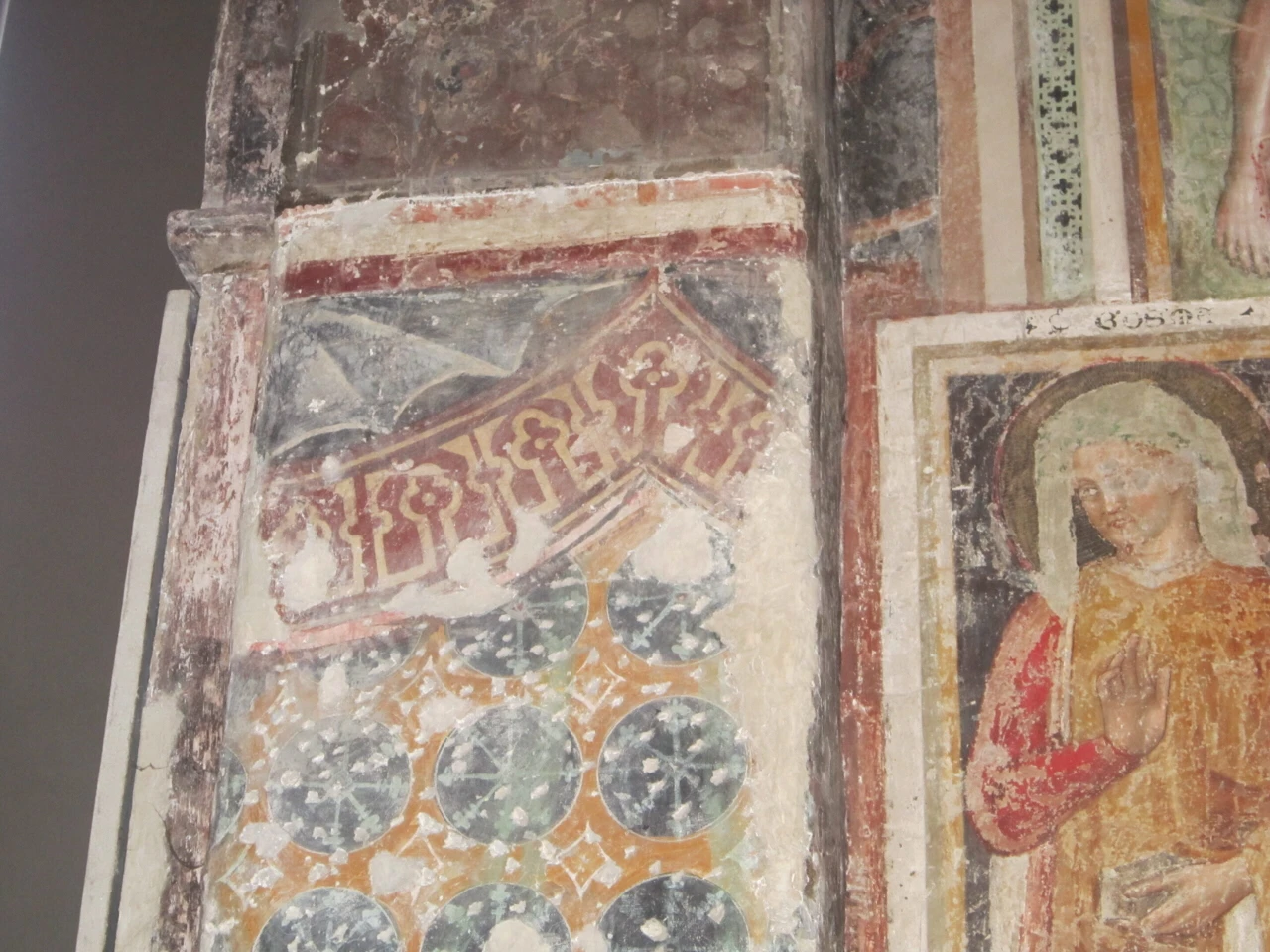 The upper section of a 13th-century fresco, featuring tent-like textiles draped around the apse walls, adorned with eight-pointed star motifs and pseudo-Arabic inscriptions above. A portion of a later fresco, added in the 15th century, is visible on the right. (Photo by Federica Gigante)
The upper section of a 13th-century fresco, featuring tent-like textiles draped around the apse walls, adorned with eight-pointed star motifs and pseudo-Arabic inscriptions above. A portion of a later fresco, added in the 15th century, is visible on the right. (Photo by Federica Gigante)
A recently rediscovered 13th-century fresco in Ferrara, Italy, has unveiled a fascinating and little-known medieval Christian practice—using Islamic tents to conceal high altars. The artwork, found in the Church of St. Antonio in Polesine, is believed to be the only surviving depiction of such a practice, shedding new light on the cultural exchanges between Christian and Islamic worlds in the Middle Ages.
A unique depiction of Islamic influence in Christian worship
The fresco, identified by Cambridge University historian Federica Gigante, likely portrays a real Islamic tent that once stood in the church. The vibrant tent, adorned with jewels, may have been a diplomatic gift from a Muslim leader or a prized trophy seized from a battlefield.
Gigante’s research, published in The Burlington Magazine, suggests that a high-profile figure—possibly Pope Innocent IV—could have donated the tent. Historical records indicate that Innocent IV gifted exquisite textiles to the Benedictine convent, further supporting the theory.
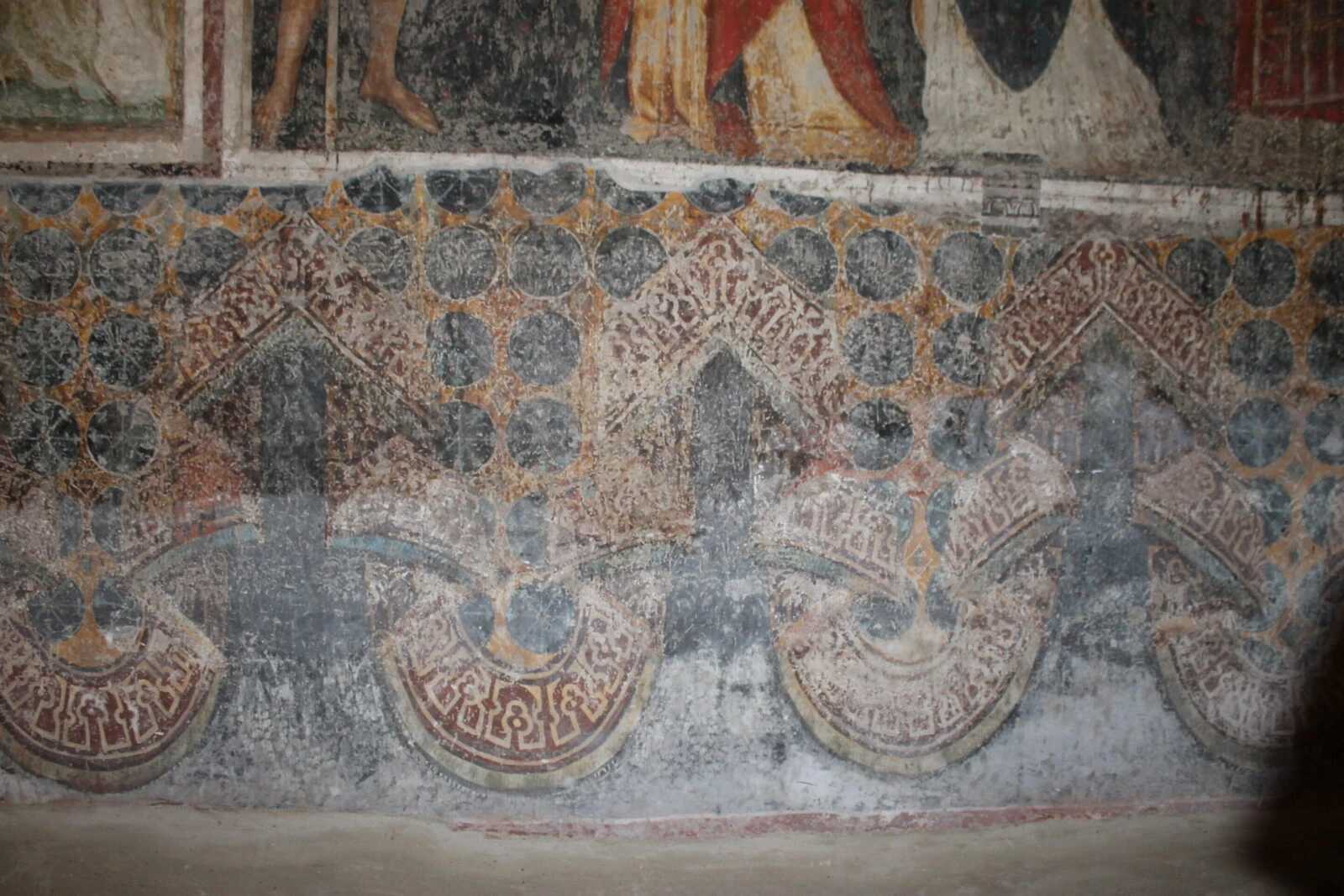
Islamic textiles in Christian rituals
“At first, it seemed unbelievable that this could be an Islamic tent,” Gigante remarked. “I dismissed the idea initially but later revisited it with more research experience and confidence. This might be the only surviving image of its kind.”
Islamic textiles were highly prized in medieval Europe. Pilgrims and crusaders brought them back from the Holy Land, associating them with an artistic legacy dating back to Christ’s time. As a result, their use in Christian contexts was widely accepted, even if medieval Europeans did not fully grasp their Islamic origins.
Overlooked masterpiece hidden beneath layers of paint
The fresco, painted between the late 13th and early 14th centuries, was designed to represent a grand canopy draped over the high altar. The artist meticulously transformed the apse into a tent-like space, wrapping the walls in a golden and blue drapery and crowning it with a bejeweled, conical canopy.
The scene’s background features a celestial blue sky decorated with stars and birds, creating the illusion of an outdoor tent. However, in the early 15th century, sections of this artwork were painted over with scenes from the lives of the Virgin Mary and Jesus Christ. The later additions drew the attention of art historians, leaving the older, hidden fresco overlooked for centuries.
A real tent once used as altar curtains?
Gigante believes the fresco not only represents an Islamic tent but also that a real one was used in the convent church. During her examination, she noted the painted corner of a veil, appearing as if drawn in front of the altar. This suggests that an actual tent may have been adapted into a tetravela, or altar curtain, a practice already known in medieval churches.
“If the real tent was only set up on certain occasions, the fresco could have served as a visual reminder of its splendor when not in use,” said Gigante. She also discovered nails and brackets embedded in the apse walls, possibly serving as structural supports for a hanging textile.
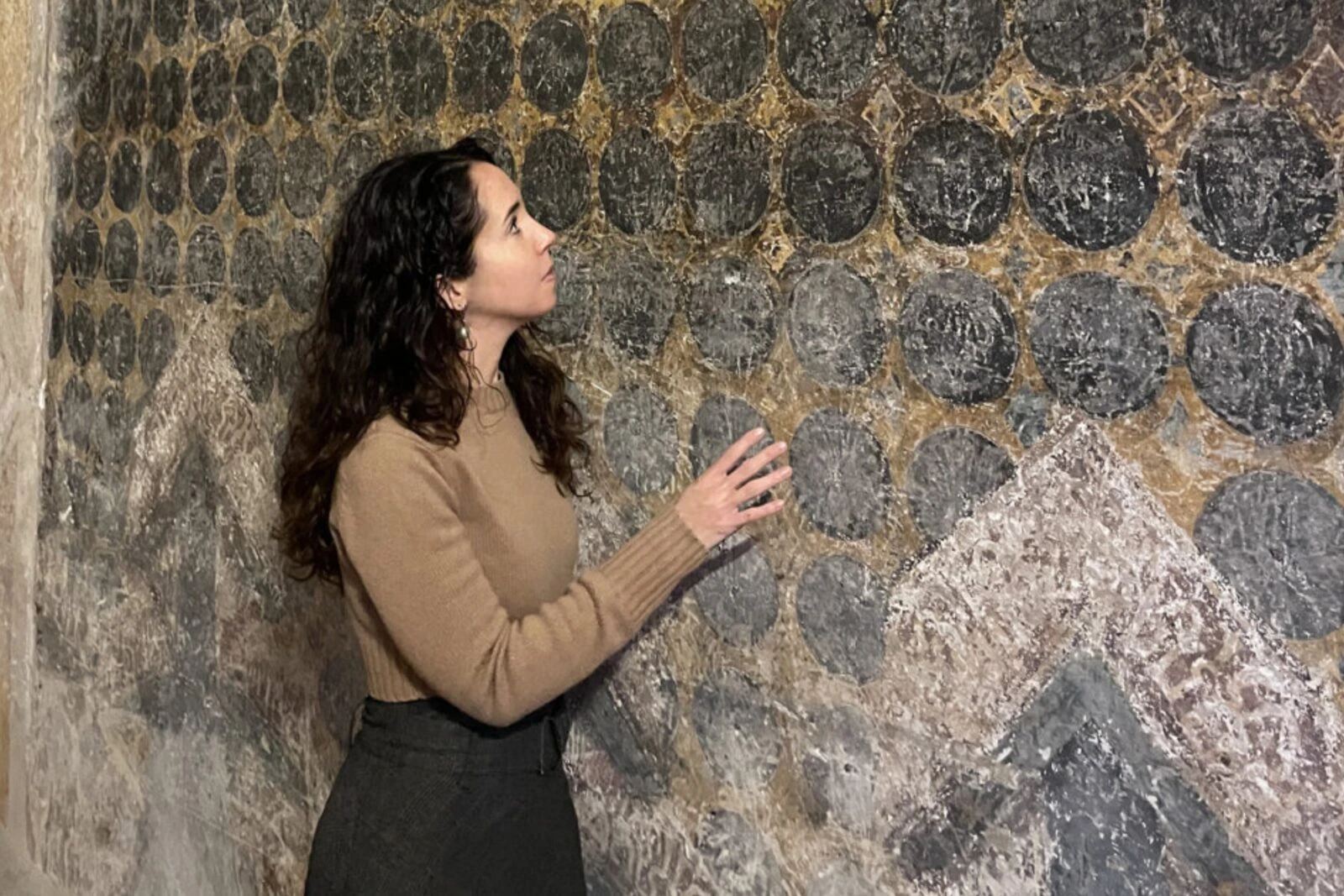
Exquisite Islamic craftsmanship in a Christian church
The fresco features incredibly detailed textile designs, including blue eight-pointed star motifs originally gilded with gold leaf. Along the edges, bands of pseudo-Arabic inscriptions add to its authenticity, mirroring the style of 13th-century Andalusi silk.
The artwork bears striking similarities to other rare depictions of Andalusi tents, such as those in the Cantigas de Santa Maria, a 13th-century Spanish manuscript. Additionally, it closely resembles the Fermo chasuble, an Andalusi textile said to have belonged to St. Thomas Becket, Archbishop of Canterbury.
Gigante also compared the jeweled elements in the fresco to the luxurious textiles crafted by Arab artisans, such as the mantle of Norman King Roger II of Sicily, embroidered with gold, pearls, and gemstones.
Islamic tents as spoils of war
Islamic textiles and tents often found their way into European churches as war trophies. During the 13th century, banners and other spoils of battle were frequently displayed around church altars.
“Tents were among the most coveted prizes in war, as they were symbols of royal authority in the Islamic world,” Gigante explained. “During military campaigns, mercenaries were sometimes paid in textiles, and a royal tent was the ultimate reward.”
Historical records reveal that after the Battle of Las Navas de Tolosa in 1212, an Andalusi tent belonging to the Almohad caliph Muhammad al-Nasir was sent to Pope Innocent III. This suggests that an Islamic tent was present in St. Peter’s Basilica at some point, adding to the possibility that the Ferrara fresco depicts a similar artifact.
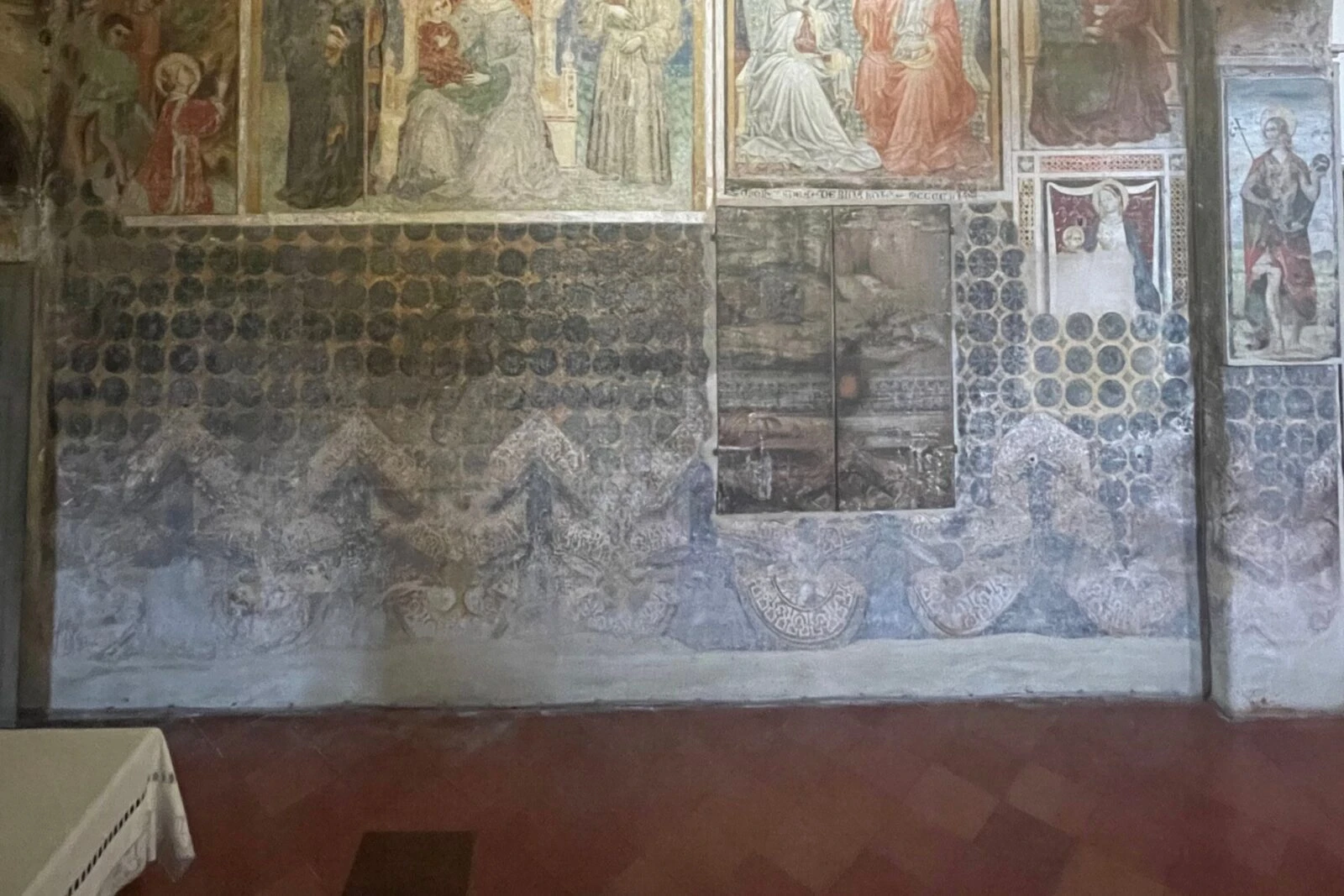
A gift from the Pope?
From the 9th century onward, Popes frequently donated tetravela to churches. Records show that by 1255, Pope Innocent IV had sent luxurious silk and gold draperies to the convent of St. Antonio in Polesine.
“We cannot be certain, but it is plausible that a high-profile figure like Innocent IV gifted this tent,” said Gigante.
Another possibility is that the tent was part of a diplomatic exchange involving the influential Este family, who played a key role in negotiating between rival factions supporting the Pope and the Holy Roman Emperor. The convent itself was founded in 1249 by Beatrice II d’Este, further connecting the dots.
A rediscovery that rewrites history
Gigante’s groundbreaking research provides new insights into the deep cultural connections between the Christian and Islamic worlds. “Many people do not realize how advanced and admired Islamic culture was during the medieval period,” she said.
